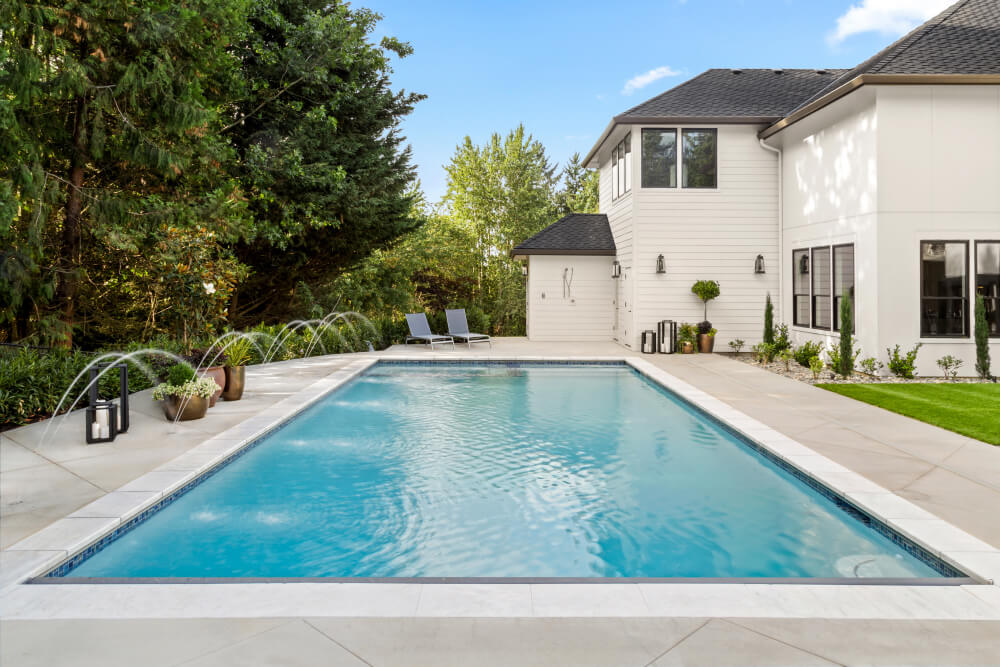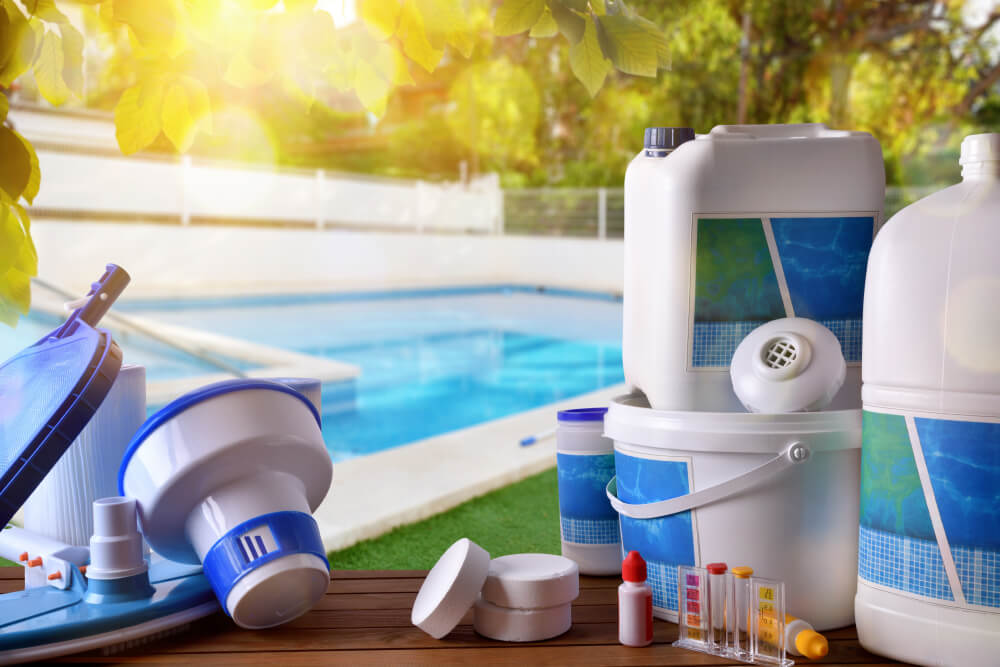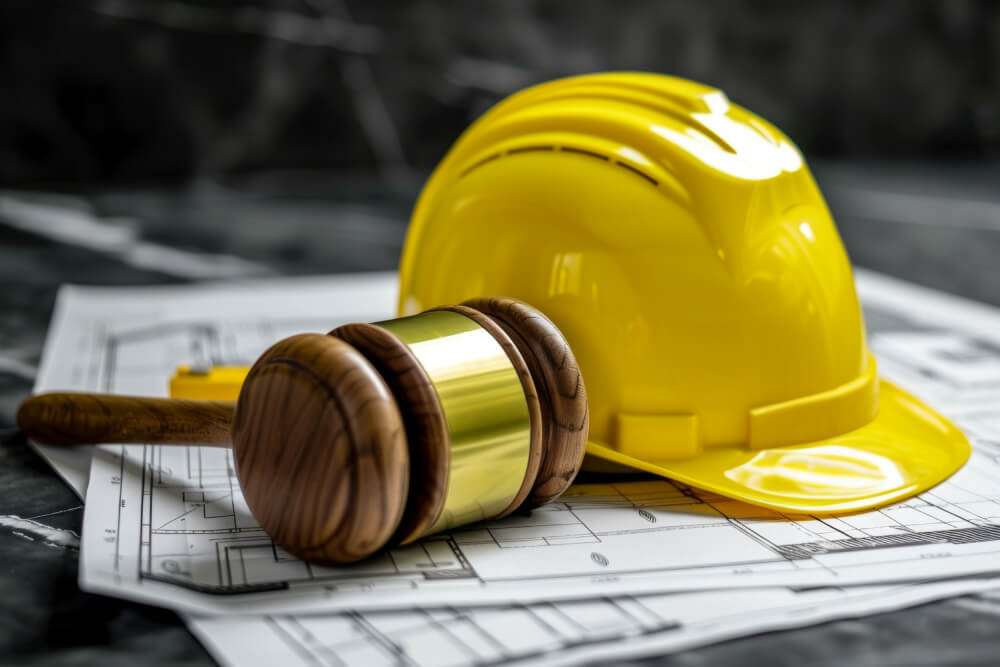1. Install Proper Barriers and Fencing
One of the most effective ways to enhance pool safety is by installing barriers and fencing around the pool area. Here are some key considerations:
- Fencing: A sturdy, climb-resistant fence at least 4 feet high should surround the pool. The fence should have a self-closing and self-latching gate that opens outward, away from the pool area.
- Pool Covers: Invest in a high-quality pool cover that securely fits over the entire pool surface. This can prevent accidental falls into the water when the pool is not in use.
- Alarms: Install pool alarms on gates and doors leading to the pool area. These alarms will alert you if someone enters the pool area without permission.
2. Supervision and Vigilance
Active supervision is crucial for pool safety, especially when children are present. Here are some guidelines for effective supervision:
- Designated Watcher: Always designate a responsible adult as the “pool watcher” who will continuously monitor the pool area without distractions such as phones or books.
- Close Proximity: Stay within arm’s reach of young children and weak swimmers at all times when they are in or around the pool.
- Buddy System: Encourage the buddy system, where swimmers pair up and look out for each other, ensuring no one swims alone.
3. Teach Swimming and Water Safety Skills
Educating family members, especially children, about swimming and water safety can significantly reduce the risk of accidents:
- Swimming Lessons: Enroll children in age-appropriate swimming lessons to teach them essential swimming skills and water safety awareness.
- Water Safety Rules: Establish and enforce clear pool rules, such as no running, no diving in shallow areas, and no swimming without adult supervision.
Join HICP Homeowner’s Alliance
Connect with experts, get special discounts and enjoy member benefits
4. CPR and First Aid Training
Being prepared to respond to emergencies is a vital aspect of pool safety:
- CPR Certification: Obtain CPR certification for adults and caregivers in your household. Knowing how to perform CPR can be life-saving in a drowning emergency.
- First Aid Kit: Keep a well-stocked first aid kit near the pool area, and ensure all family members know its location and how to use it.
5. Proper Pool Maintenance
Regular pool maintenance not only keeps the water clean and clear but also ensures the safety of swimmers:
- Chemical Balance: Maintain proper chemical levels in the pool to prevent skin and eye irritation, as well as the growth of harmful bacteria.
- Regular Inspections: Routinely inspect pool equipment, such as pumps, filters, and drains, to ensure they are functioning correctly and do not pose any hazards.
- Debris Removal: Keep the pool area free of debris, toys, and other objects that could cause tripping or slipping accidents.
6. Install Safety Equipment
Having the right safety equipment on hand can make a significant difference in an emergency:
- Life Rings and Shepherd’s Crook: Keep life rings and a shepherd’s crook (a long pole with a hook) accessible near the pool to assist in rescuing a swimmer in distress.
- Floatation Devices: Ensure that non-swimmers and weak swimmers use appropriate flotation devices, such as life jackets, while in the pool.
7. Educate Guests on Pool Safety
When hosting pool parties or gatherings, it’s important to educate guests about your pool safety rules:
- Safety Briefing: Before allowing guests to swim, provide a brief safety orientation, outlining pool rules and emergency procedures.
- Supervision of Young Guests: Ensure that children visiting your home are supervised by a responsible adult who is aware of pool safety protocols.
8. Safe Diving Practices
Diving can be enjoyable but also dangerous if not done correctly:
- Depth Markers: Clearly mark the depth of the pool at various points, and indicate areas where diving is safe.
- No Diving Zones: Designate and enforce “no diving” zones in shallow areas or near the pool’s edges to prevent head and spinal injuries.
9. Pet Safety
If you have pets that enjoy the pool, their safety is also important:
- Pet Supervision: Always supervise pets around the pool, as not all animals are natural swimmers.
- Pet-Friendly Exits: Ensure there are easy exits, such as ramps or steps, for pets to safely get out of the pool.
10. Emergency Preparedness
Being prepared for emergencies can save lives:
- Emergency Contacts: Keep a list of emergency contact numbers, including local emergency services, near the pool area.
- Rescue Procedures: Make sure all family members know the basic rescue procedures and how to use safety equipment.
Creating a safe pool environment requires a combination of physical barriers, proper supervision, education, and preparedness. By following these essential pool safety tips, homeowners can significantly reduce the risk of accidents and ensure that their pool remains a source of fun and relaxation for everyone. Remember, vigilance and proactive measures are the keys to preventing pool-related injuries and fatalities.








